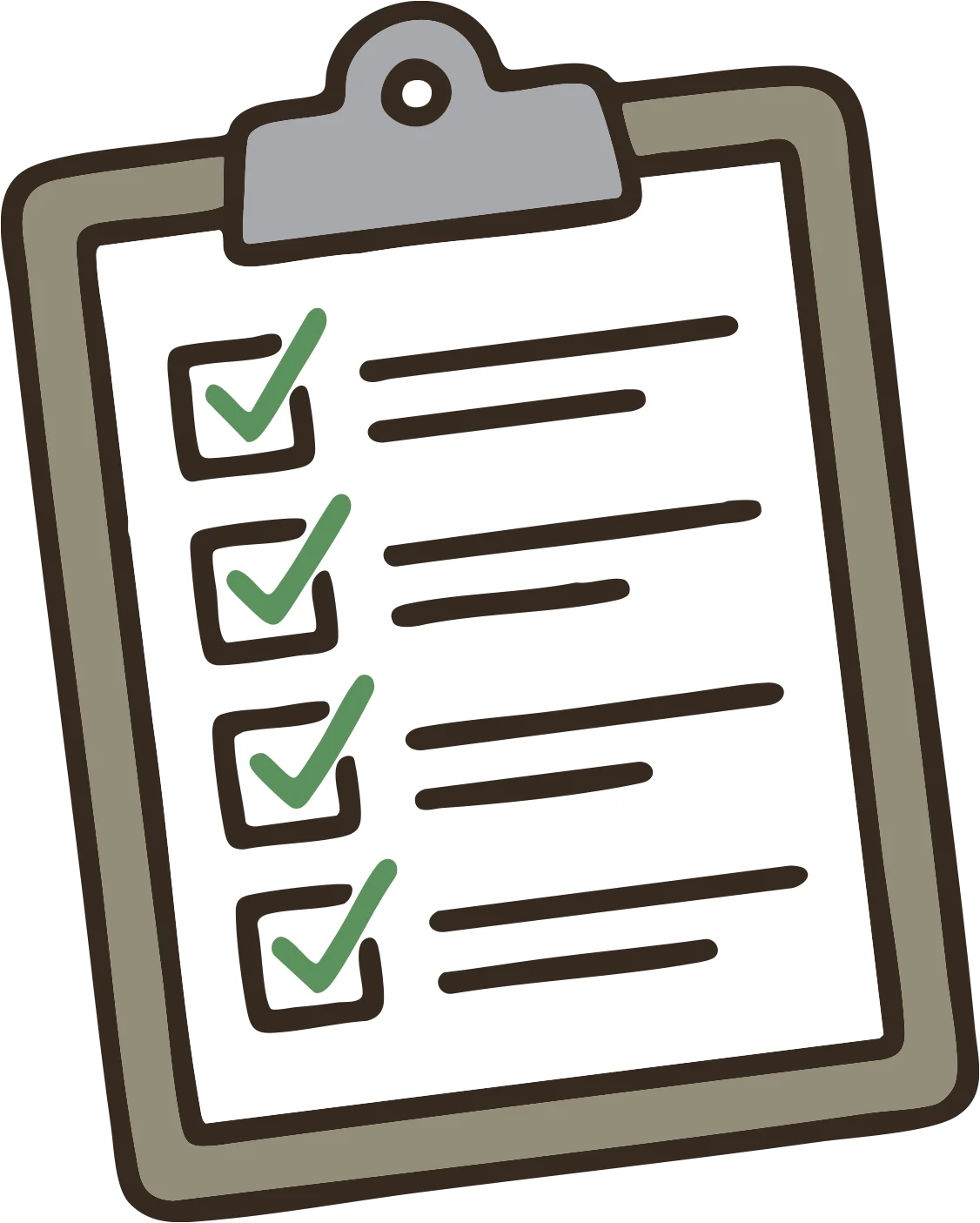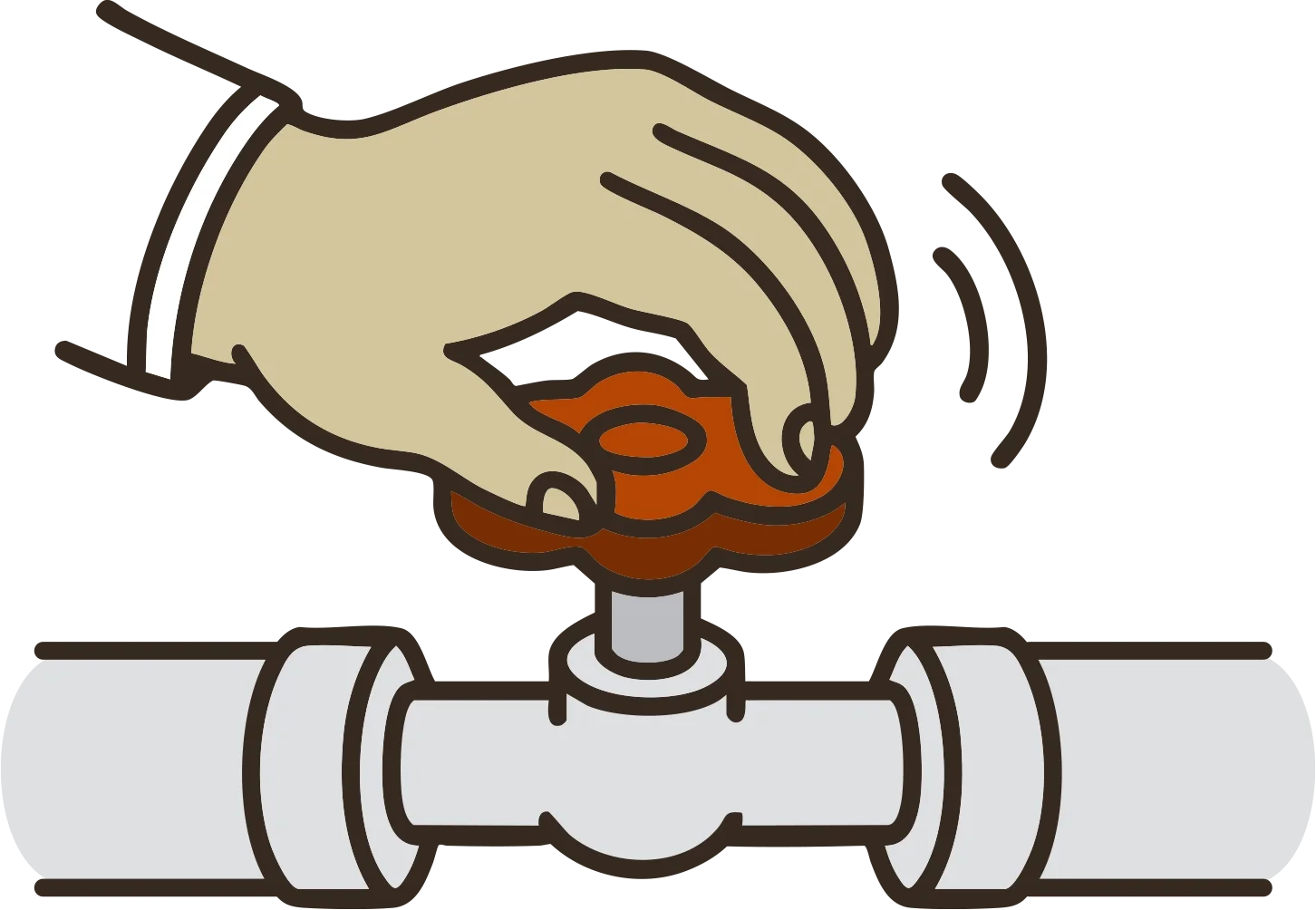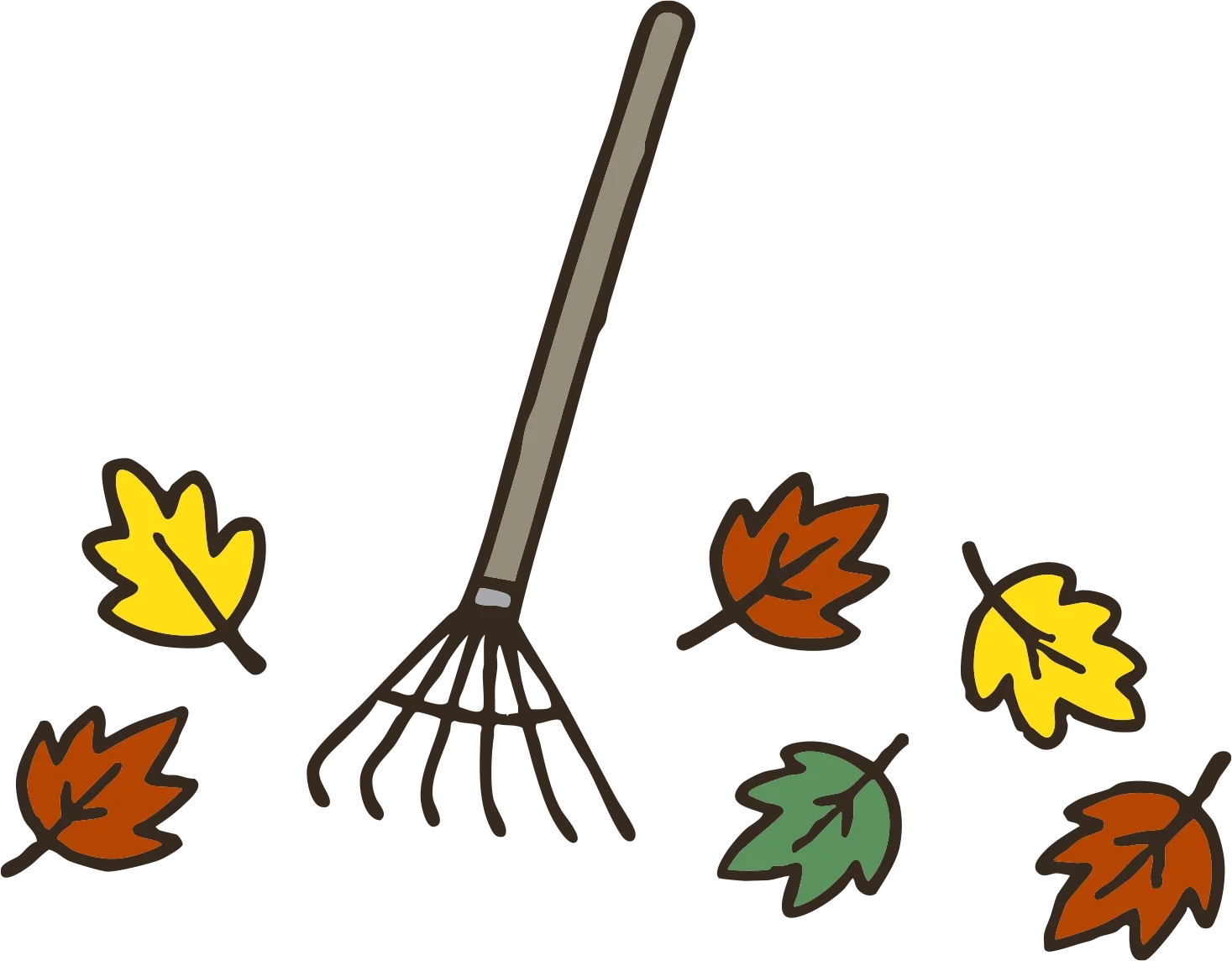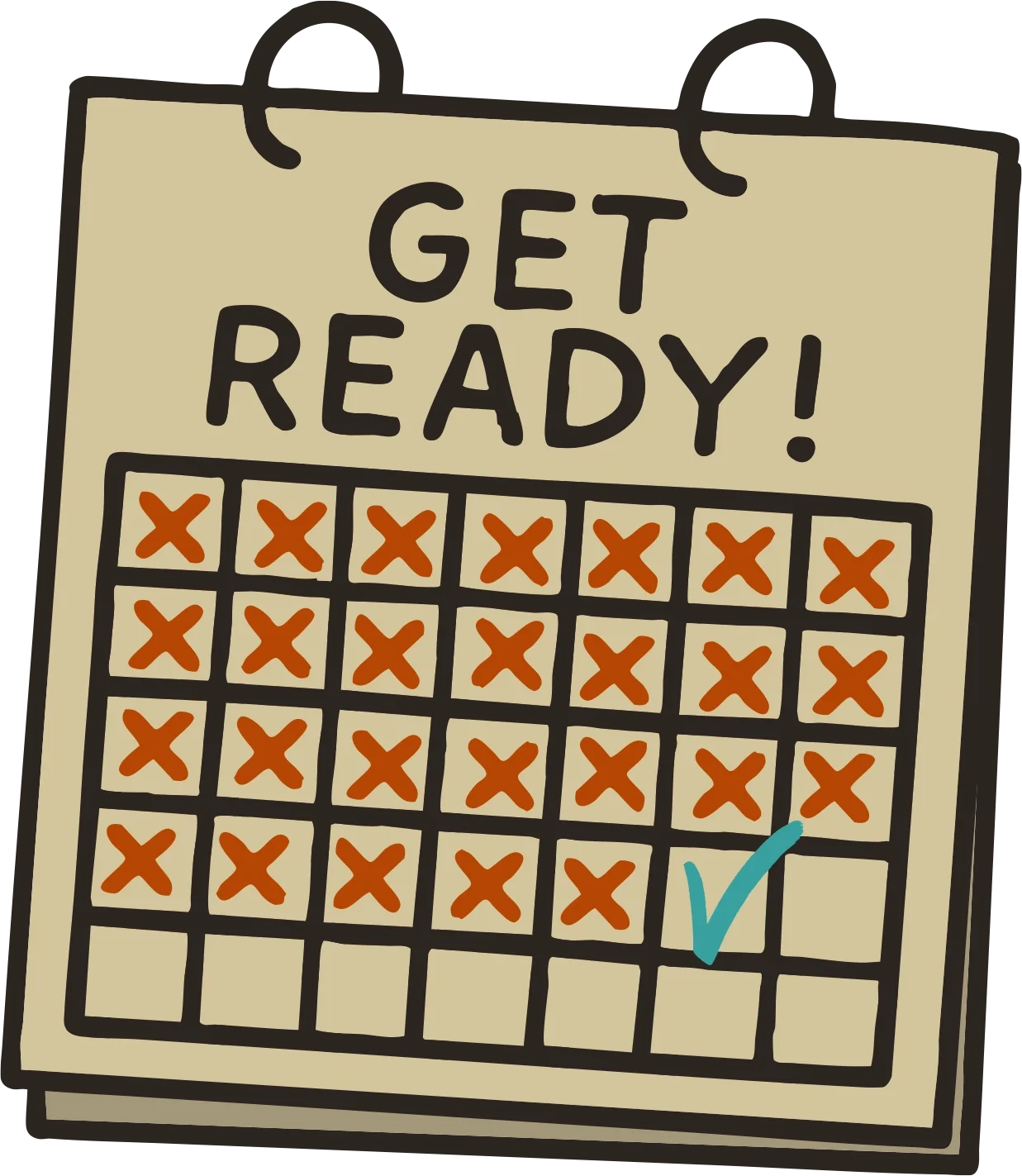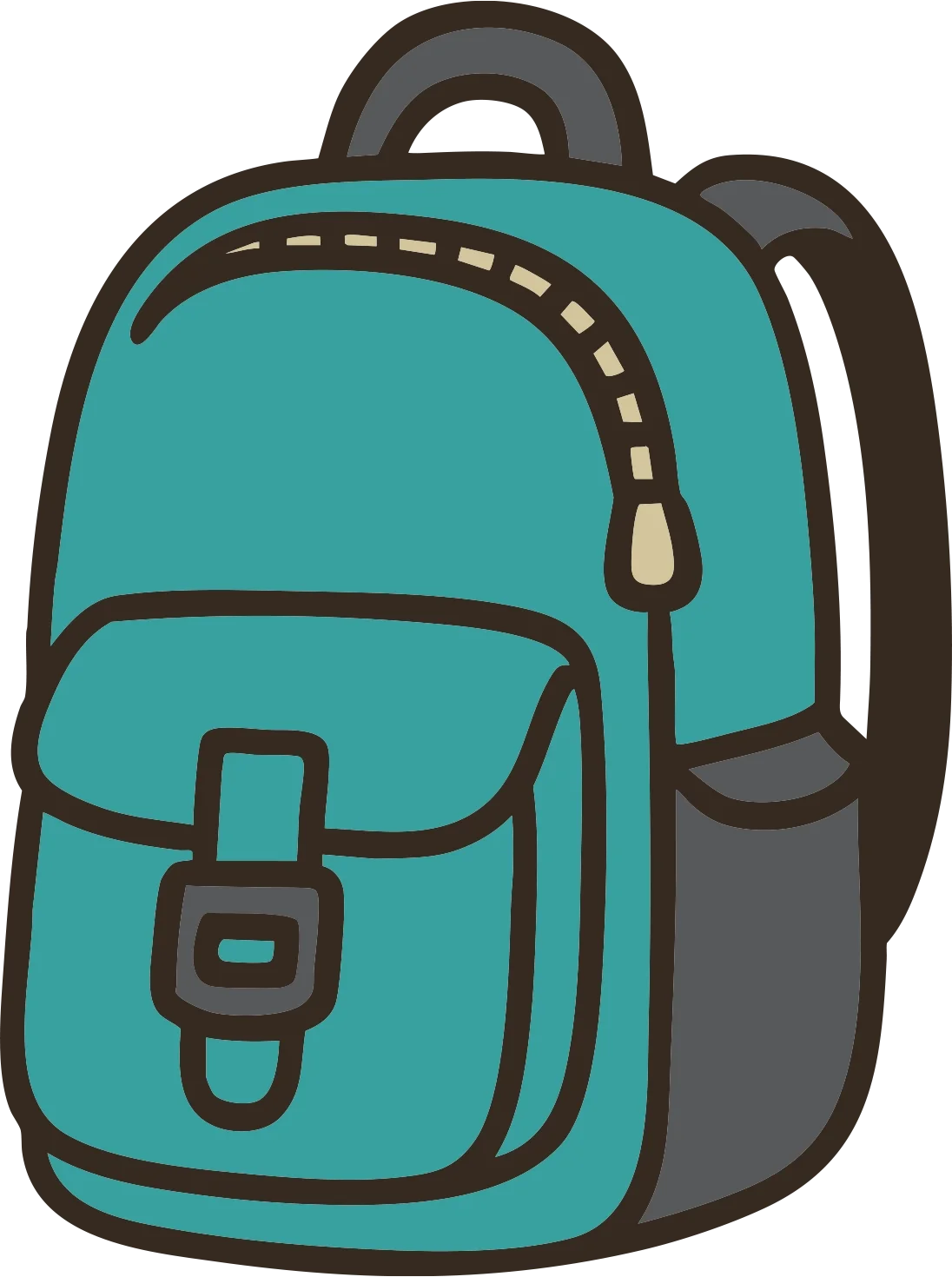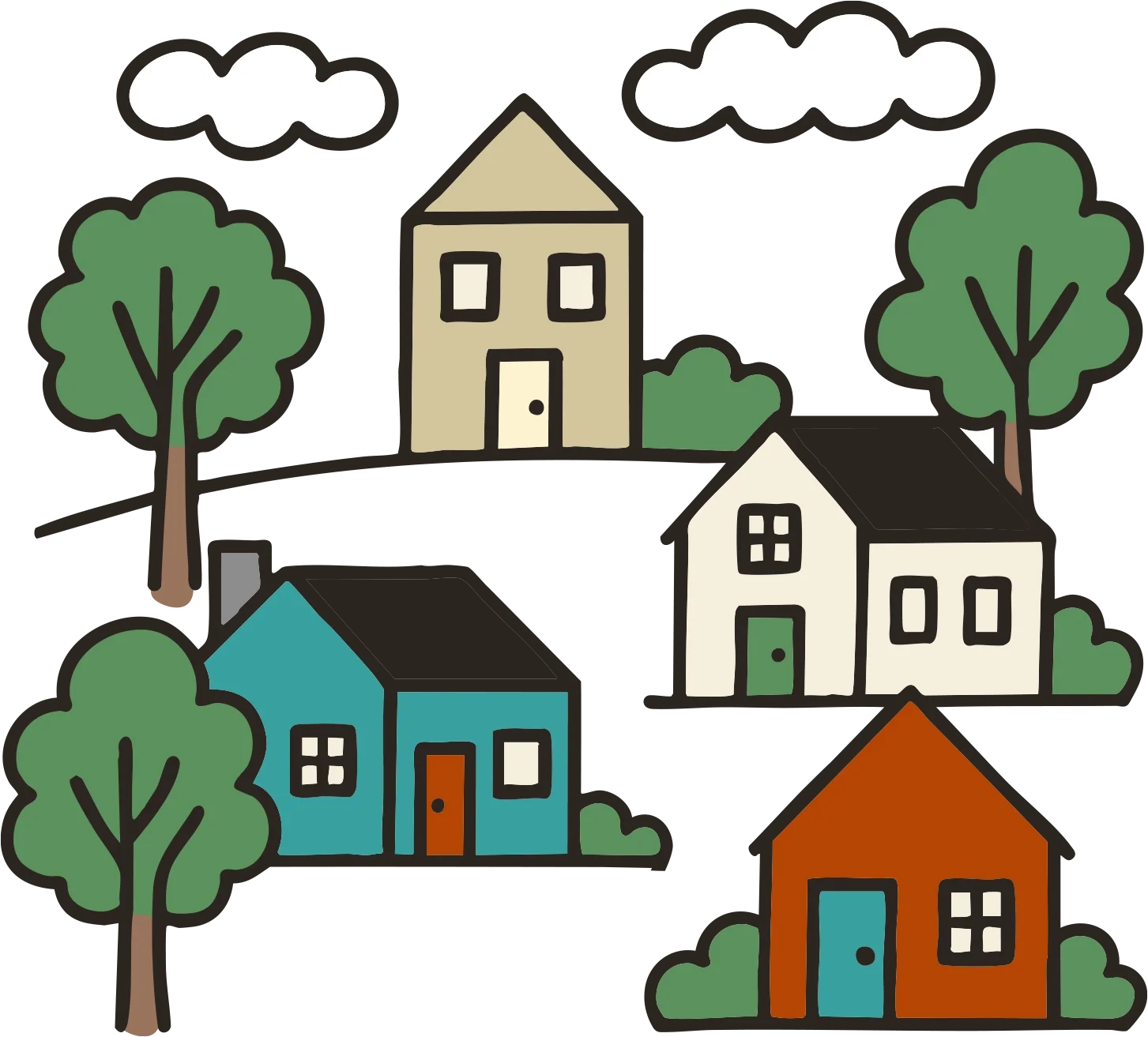Prepare Your Home
Being prepared at home is the foundation for everything else. If your household is ready to go without outside help for two weeks, you’re already well on your way. Use our handy Preparedness Calendar as a guide! (Here is the Calendar in Spanish, and here is a large print version.)
This page will walk you through the basics—what to focus on first, how to build up supplies over time, and where to go for more detailed guidance.
Start with the Basics
Focus on what you’ll need if the roads are blocked, the ferries are shut down, and the power is out—for days, not hours.
Water: 14 gallons per person (don’t forget your pets!), or a reliable way to access water when power is out
Food: Enough nonperishable food for two weeks (and a way to cook it)
Lighting: Flashlights and headlamps (not candles)
Warmth: Blankets, sleeping bags, and backup heat
Sanitation: Trash bags, moist towelettes, and a toilet plan
Communication: Battery-powered or hand-crank radio
Power: Battery banks or small solar chargers
Medications: At least a 2-week supply of any critical prescriptions, ideally 30 days
That’s the baseline. Once that’s in place, you can expand.
Know Your Shut-Offs
Make sure everyone in your home knows how to turn off:
Water (main valve)
Electricity (breaker box)
Propane or heating fuel (tank shutoff)
Label the shut-offs and store any needed tools nearby. Just because there’s a quake doesn’t mean you have to shut everything off. Look for obvious signs of damage or leaks first.
Prepare for Fire
While wildfire risk in the islands is relatively low compared to many areas, fire is a concern in the islands. Protecting the area around your home is most important. Clear dead branches, clean gutters, and keep flammable materials away from the house. Keep a hose and tools where you can access them quickly.
More info at → Wildland Fire Preparedness
Build It Month by Month
If gathering all of your supplies all at once sounds like a lot, break it up.
The Preparation Calendar (Spanish & large print)lays out a 12-month plan—adding a few items each month, testing tools, and rotating supplies. It's simple, clear, and designed specifically for island life.
WHEN YOU’RE AWAY FROM HOME
We strongly recommend having a small kit of supplies in your car when you head off island. Food for a few days, a small sleeping bag, water, a headlamp. The earthquake could strike at anytime, and being caught while you’re on the mainland would be a major challenge.
Once your home is ready, the next step is your neighborhood.
Talk to your neighbors, compare plans, and figure out how you can support each other when things go wrong.
Haven’t looked at your island’s wider preparedness efforts yet? Learn more about whole community preparedness.


